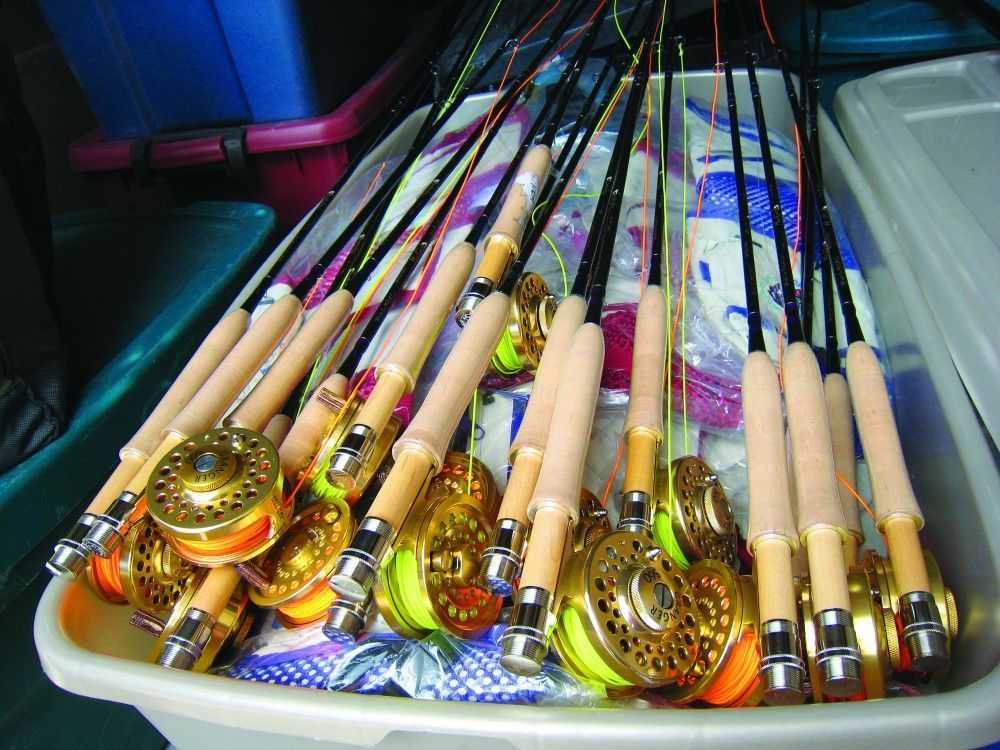Selecting The Right Fly Rod
CAM Staff
Fly fishing gets a bad rap. There are a lot of folks, including many fly fishers, who think fly fishing is a sport for rich elitist snobs too fancy to get their hands dirty with bait.
But hold on minute. Ever priced out a fully rigged bass boat? How about the cost of a flats skiff in comparison to a 40-foot center console?
Now it’s true that fly rods can be a little pricey compared to off-the-rack spinning combos. But you’ll save on the back end because you won’t need all the tanks, filters and pumps to keep bait alive. All that money saved will get you a pretty nice tweed cap. But you’ve got to get your rod first.
Like any rod purchase, the first consideration in a fly rod is what you’ll be doing with it. If you’re after tarpon, you’ll want something as heavy as an 11- or 12-weight. If you’re fishing for trout in a little mountain stream, a 3- or 4-weight might fit the bill. “Weight” is an indicator of what size line the manufacturer recommends for best performance with a rod. Weight has as much, if not more, to do with creating momentum with the fly line to cast the fly as it has to do with fighting fish. Casting a heavier fly line requires a stiffer rod, but there are also variations within weight categories. This is generally referred to as action, and it can get a little tricky.
Action can be stiffness, where along its length the rod bends as well as its recovery rate. Recovery indicates how quickly a rod snaps back to straight after a cast. Obviously this can get technical pretty quickly. Thankfully, action is really a decision based on personal preference. Of course you’ll want a stiff butt for backbone if you’re planning to battle something as powerful as a musky as well as a fast action for shooting line with a minimum of false casts. On the other end of the spectrum, a slow action rod is beneficial for short casts, when you need the rod to perform with just a few feet of line out of the tip.
The best thing to do once you’ve decided what weight rod you want is to go to your fly shop and throw some line around. But don’t just strip line on the ground and see how far you can throw it. You are not Brad Pitt. Rarely will you find yourself in front of a camera false casting a tight loop as the sun sets in the background.
Think of the real-life scenarios you’ll encounter. How efficiently can you shoot a long cast in high wind to put your fly in front of a cruising tarpon? Does your trout rod have the flex to load up for a solid roll cast? There is a lot to consider when dropping a wad of cash on a good rod. The more you try, the better feel you’ll have for your preferences. You might just find you prefer a rod with a smaller price tag. Then you’ll look very fancy with a tweed coat to go with your cap.
[easy-social-share]
